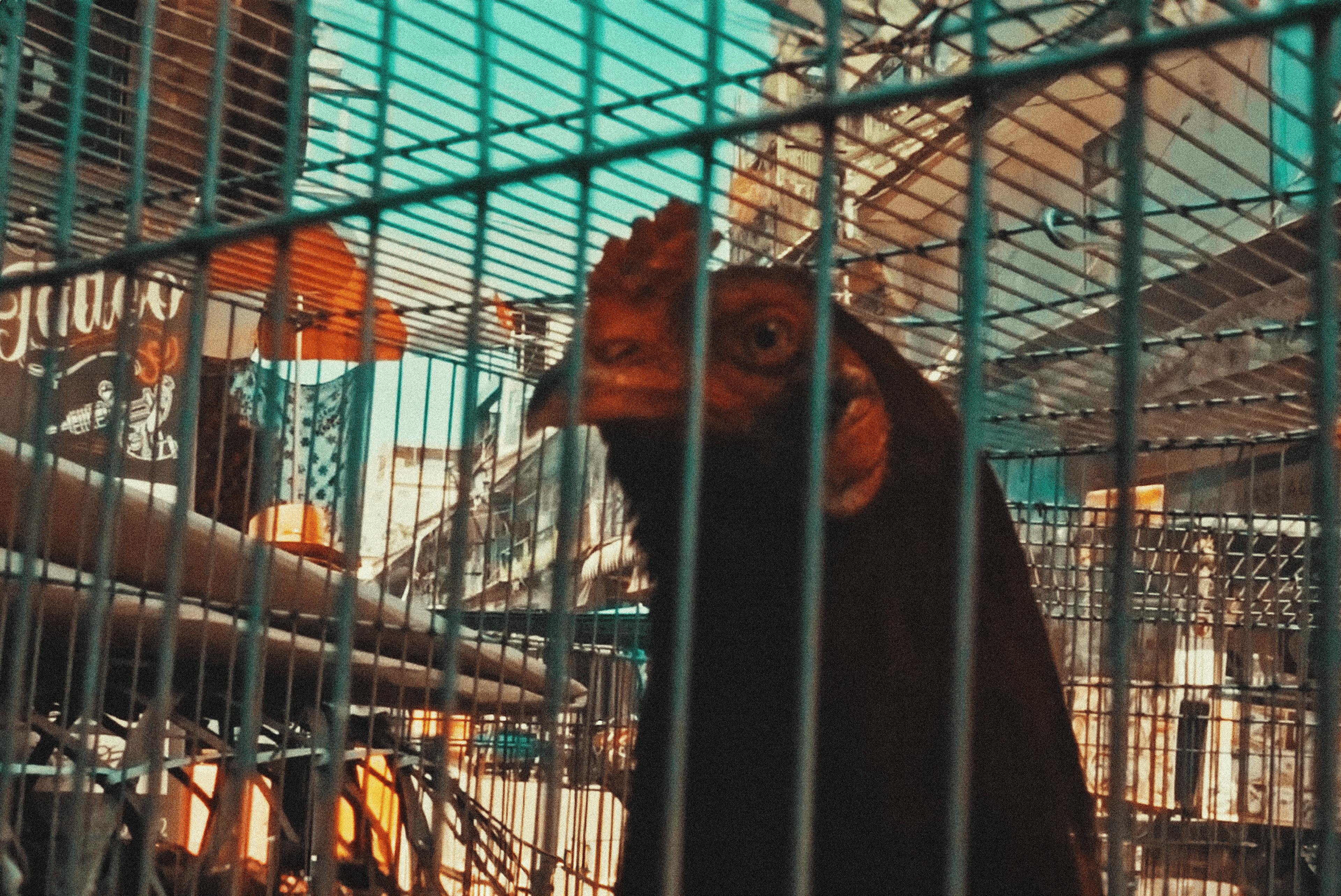
Police Bodycams: The Left's Biggest Self-OwnJan 13
black lives matter activists pushed for bodycam legislation in the 2010s expecting proof of racist policing. instead, the footage now more often exposes violent, unstable perps.
Jan 27, 2023

The price of eggs in the United States has increased dramatically since the start of a devastating avian flu outbreak last February. According to data from the U.S. Bureau of Labor statistics, the average price per carton of Grade A large eggs passed the $3 mark for the first time ever in August 2022. By December, the average cost was $4.25, a 137% increase from the previous year. Since the outbreak began, the U.S. Department of Agriculture says it has affected around 58 million birds in 47 states. The term “affected” here is a euphemism for “dead,” as it is customary to cull entire flocks which contain sick birds to prevent suffering and limit the spread of the virus. Incredibly, amidst the chaos, a Colorado law mandating minimum space requirements for chickens went into effect in January, and will prohibit the sale of non-cage-free eggs by 2025. Among the affluent and morally righteous, arguments in favor of such government planning tend to run something like this: the permanent and dramatic cost increase of a presently cheap but vital source of protein will barely be felt by the average American, while gains in animal welfare will be considerable. Unfortunately, both points are hopelessly, characteristically deluded.
Let’s talk about the “cage-free” hen.
First of all, chickens are violent animals even in the most idyllic settings. As a kid in rural East Texas, my family kept yard hens — never more than a dozen or so at a time — with a large coop for nesting and full run of the property. We raised chickens in the Platonic ideal of “cage-free,” the exact sort of pastoral environment egg marketing teams try to evoke. Still, on occasion, we would walk outside and find that, some time between the night and morning, the hens had encircled one of their flockmates and literally torn her apart.